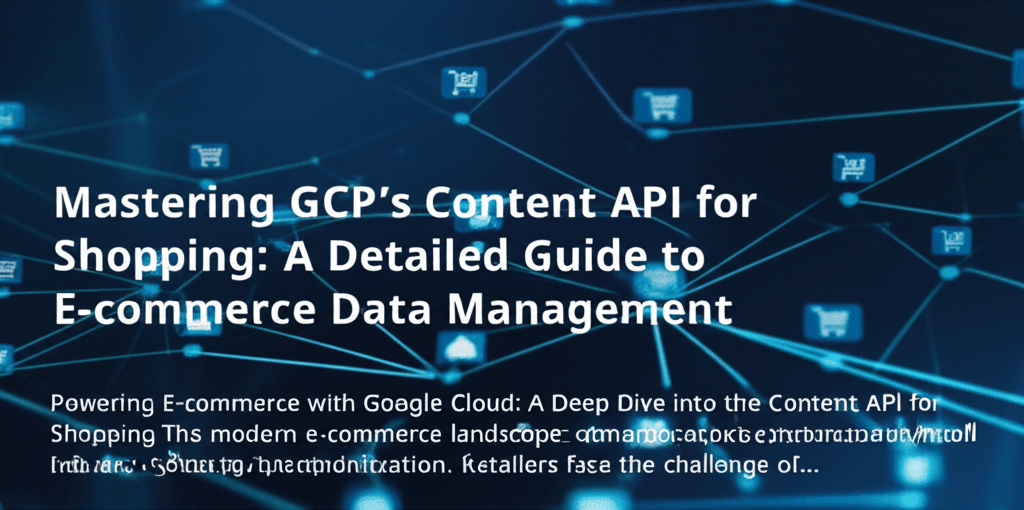In today’s competitive e-commerce environment, businesses must prioritize agility and accuracy in managing product information. The Content API for Shopping, powered by Google Cloud Platform (GCP), stands out as a crucial tool for retailers, enabling seamless integration and synchronization across multiple sales channels. This API empowers companies like Wayfair and Etsy to handle vast catalogs efficiently, reducing errors and enhancing customer experiences through real-time data updates.
What is the Content API for Shopping?
Think of the Content API for Shopping as the backbone of your e-commerce data strategy. It’s a RESTful API designed to allow developers to programmatically manage and upload product details directly to Google Shopping. Unlike traditional manual feeds, this API supports near-instantaneous updates, making it ideal for businesses with dynamic inventories. At its core, it handles ‘items’—each representing a unique product with attributes such as title, description, price, availability, and shipping info. These items are organized into ‘channels,’ which denote different storefronts or data sources, allowing for customized data management.
Key Features and Benefits
The Content API for Shopping wasn’t created just to replace old methods; it transforms how retailers operate. Its main strength lies in scalability—handling large volumes of product data without lag, a game-changer for growing businesses. For instance, with the API, real-time sync ensures that changes in stock or pricing are reflected across all platforms instantly, preventing checkout failures or price discrepancies.
Accuracy is another major gain. Automated processes minimize human errors common in manual uploads, leading to higher data integrity. Plus, GCP’s integration with services like Cloud Storage and Pub/Sub streamlines data workflows. Imagine tying the API to Google Cloud Functions—automatically triggering updates when inventory changes—freeing up your team for more valuable tasks.
Why E-commerce Businesses Should Adopt It
Modern e-commerce relies on personalization and speed. With consumer expectations rising, the API helps achieve these by facilitating faster listings and reliable product details, which boost conversion rates. It also adapts to trends like sustainability and e-commerce optimization, helping businesses reduce storage costs and streamline operations. For example, by synchronizing data across social media ads, mobile apps, and websites, companies can cut down on redundant efforts and improve ROI.
Getting Started and Integration
Leveraging the Content API for Shopping requires no coding gurus, just a well-structured approach. Start by signing up for GCP and exploring the API documentation, which offers tutorials and sample code. The API uses OAuth for authentication, ensuring secure data handling. It operates on version 2.1, providing a robust foundation for integrations. Businesses can scale from basic uploads to complex setups involving data analytics on GCP, paving the way for innovative features like AI-driven recommendations.
Conclusion
In essence, the Content API for Shopping is more than just a tool—it’s a strategic asset for any e-commerce player. By embracing the GCP ecosystem, retailers can build scalable, efficient systems that respond quickly to market demands. As digital commerce evolves, APIs like this are essential for staying competitive. Whether you’re managing inventories or optimizing listings, this API offers a path to success through seamless data management.

Leave a Reply